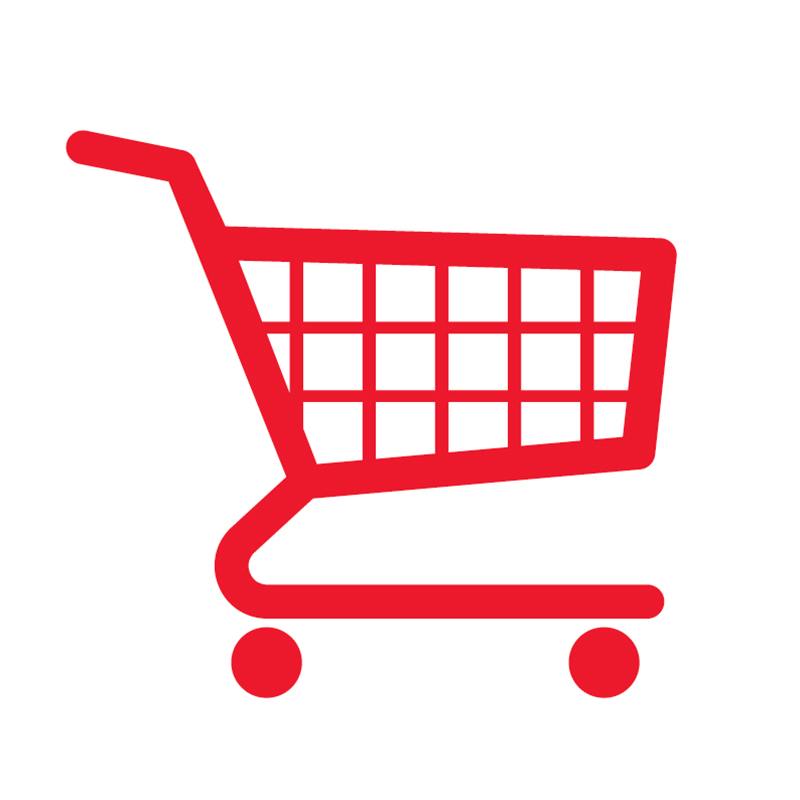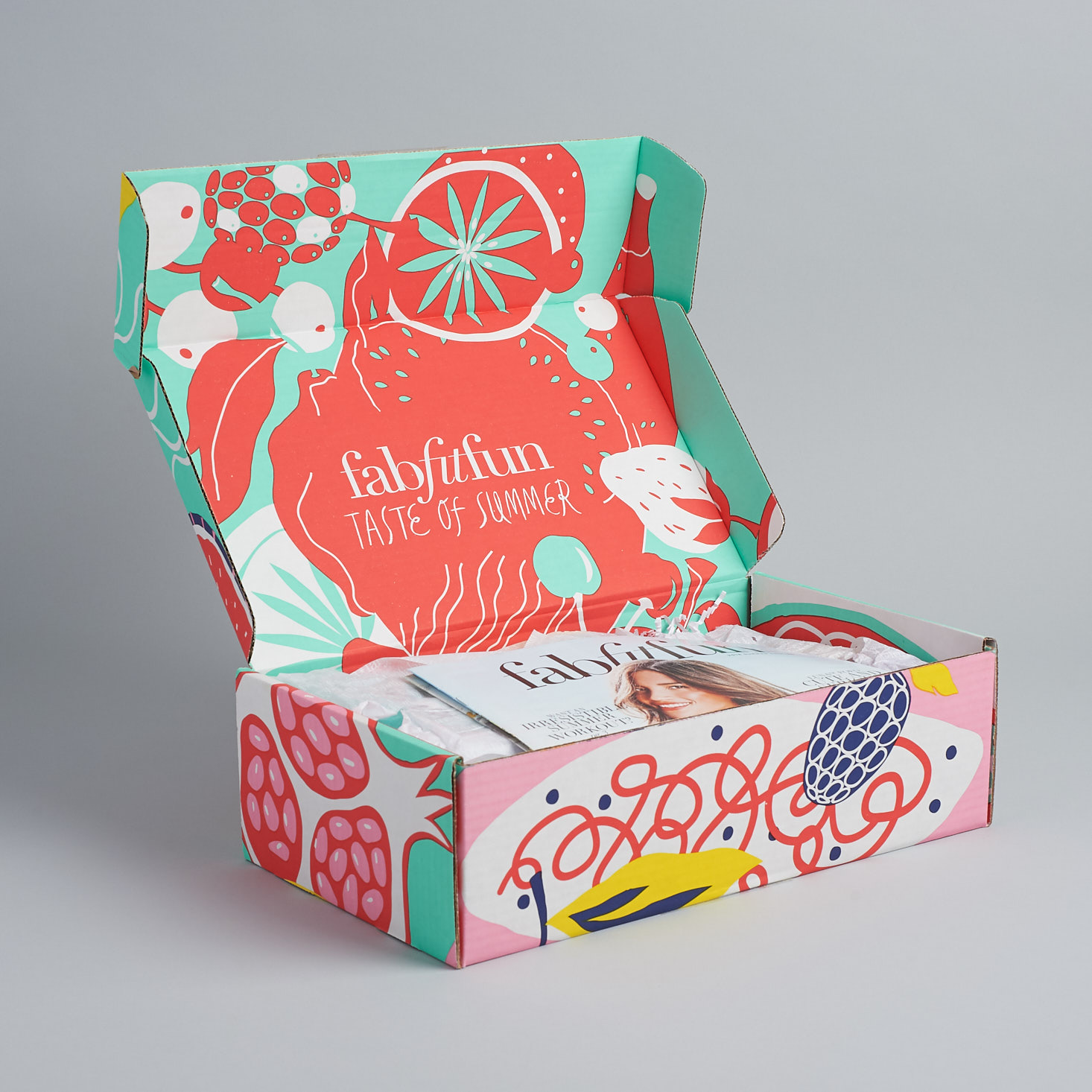Doug Stephens’ article, “The Store is Media,” provides a number of useful concepts that can help marketers focus on how people shop, not where they buy.
Connectivity has changed everything

This new omni-channel reality of connected shopping isn’t about all channels all the time. Instead, it describes how someone can choose the single, most appropriate channel (online or offline) that fits their lifestyle, expectations and shopping category exactly when they want it.
It’s important for marketers to take a closer look at how they actively, and tangibly, connect the marketing mix to sales, and brand to channel experience, in a way that captures consumer interest and delivers value. This requires rethinking the role every channel can, and must, play in the mix of interactions.
How to fulfill connected shoppers
Fulfilling the connected shopper means aligning the customer experience to the way people shop, not the channels they use to buy. This means we need to treat marketing as shopping. It needs to be part of the shopping experience, not something that leads to a shopping experience that only happens in a physical or digital store. Instead, shopping should be viewed as a fluid connector of customer experience across marketing, media and distribution channels.
Use shoppable media
If store is media, then media is store. It used to be that you needed distribution to create awareness. Now media channels can create distribution through awareness. That means media must become shoppable – creating attraction by bringing brand experience, story and design together with shopping functionality.
Provide a positive brand experience to customers
As touchpoints fragment and competition proliferates, the brands creating the most impact know that every interaction with consumers must add as much value as the product or service itself. This means that what people are really shopping is the brand experience itself. When done right, it is the hardest thing for others to replicate. Focusing on designing a differentiated brand experience that promotes shopping across the customer journey requires your acquisition, fulfillment and retention efforts to talk to each other.
Market your brand like a product
Brand has never been closer to media than it is today – with content creating a much more attractive and naturally consumable interface for engagement. If brands can become part of our media diet, they become more shoppable and relevant. Like a magazine on a newsstand, brands must think like a publisher, act like an influencer and generate human interest like a cover. This makes it possible to create content that is always interesting, valuable or useful. It’s as relevant today to ask if your packaging is Instagram-worthy as it is to ask if it stands out at shelf. In a content rich world, people shop marketing.
Physical retail stores are transitioning from being primarily a distribution channel for products to becoming a powerful media channel for branded experiences and stories.
The physical shopping space doesn’t have to be confined to store. As consumer shopping becomes decentralized, the tangible purchasing environment needs to expand beyond the traditional retail footprint.
Physical marketing has an important role to play in the marketing mix. Think of it as a place for shopping, somewhere to create desire and communicate authentic brand experience. Physical media can’t do everything that a fully curated tactile store environment is designed for. But, it has the opportunity to make shoppers feel the same way about a brand as the store or product experience – with the added benefit of being a more intimate, personal or customized interaction.
The physical shopping space will become a medium to distribute the most powerful, joyful and emotionally galvanizing experiences possible.

An open “Taste of Summer” edition box from FabFitFun brand. Source: Ayumi Takahashi.
Want to maximize your marketing efforts? A catalogue will help. Join us for our webinar to master them.
Register nowPut a physical shopping space directly into consumers’ hands:
- Engage your audience in authentic, multisensory brand experiences and stories
- Qualify and personalize the brand shopping experience with data relevance
- Act as a portal to the brand ecosystem and creating connected shopping
- Amplify digital content by extending it into the physical world
So many resources go to the movement and maintenance of product that customer experience becomes an afterthought, a mere garnish.
We know that free shipping, speed, quality of shipping experience and convenient returns all have a big impact on purchase conversion and customer retention. When we shift our focus from order fulfillment to emotional fulfillment, what’s in the box becomes an integral part of delivering a customer experience that promotes retention.
Consider including these key elements in your customer retention strategy:
Fulfillment
The customer experience doesn’t stop when a package is delivered. Instead, fulfillment becomes an essential element of retention marketing and customer learning.
Related posts:
How Wayfair Canada reached active online shoppers with direct mail
Smart marketing: A guide to change that matters
7 Easy ways to add direct mail to your marketing mix
Direct mail
Direct mail brings fulfillment and marketing together to deliver tangible shopping triggers to re-engage consumers in a brand experience that exists both inside and outside of the box.
Shoppable experiences
In today’s always-on marketing ecosystem, everything a brand does is about retention – sustaining attention, interest, credibility, trust, desire and purchase over time via continuous feedback. To thrive in this new marketing economy, brands need to treat each purchase and every subsequent interaction as shoppable customer experiences.
Sources:
Stephens, Doug. “The Store is Media”, INCITE, #1, Canada Post, 2019.